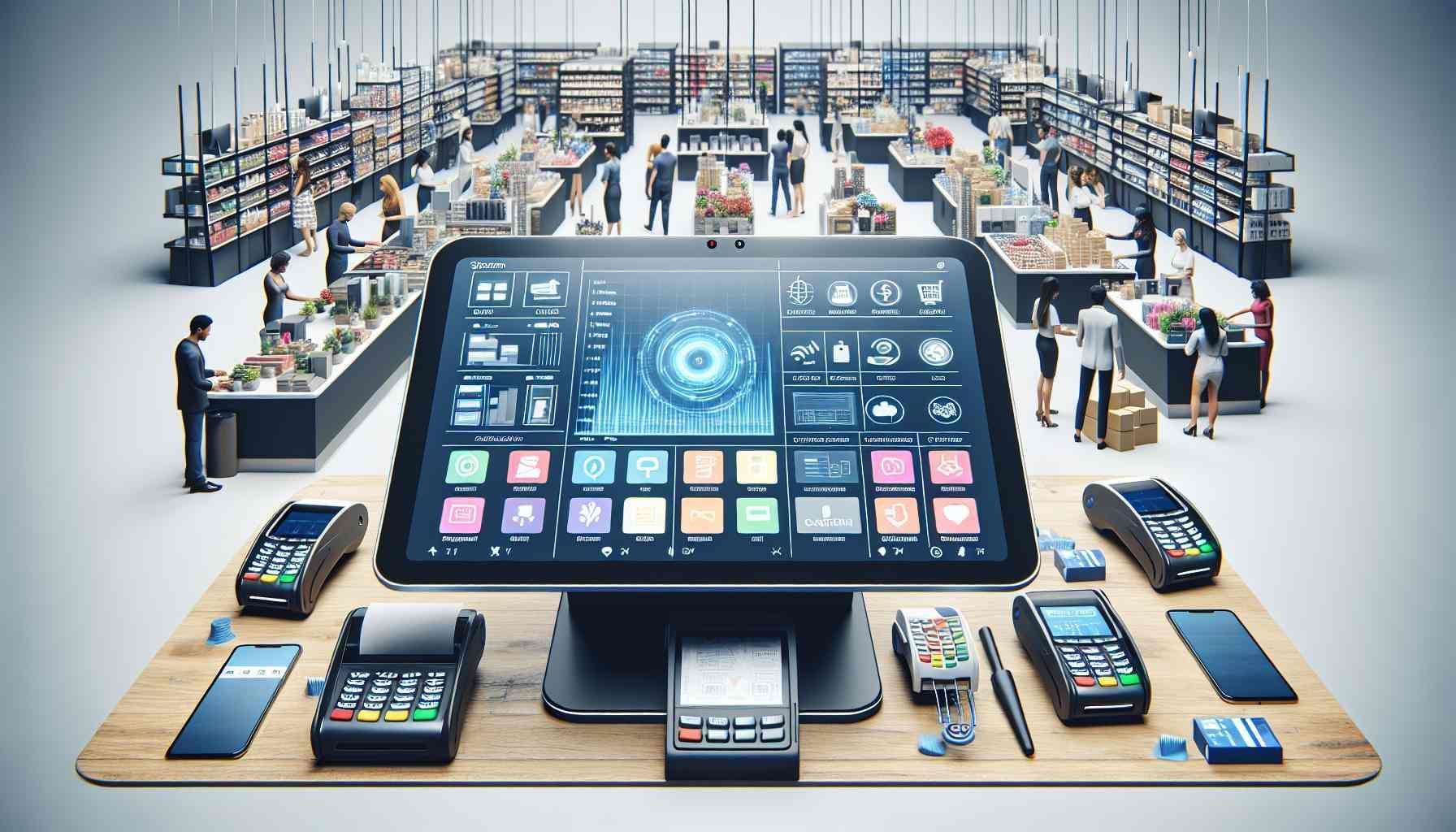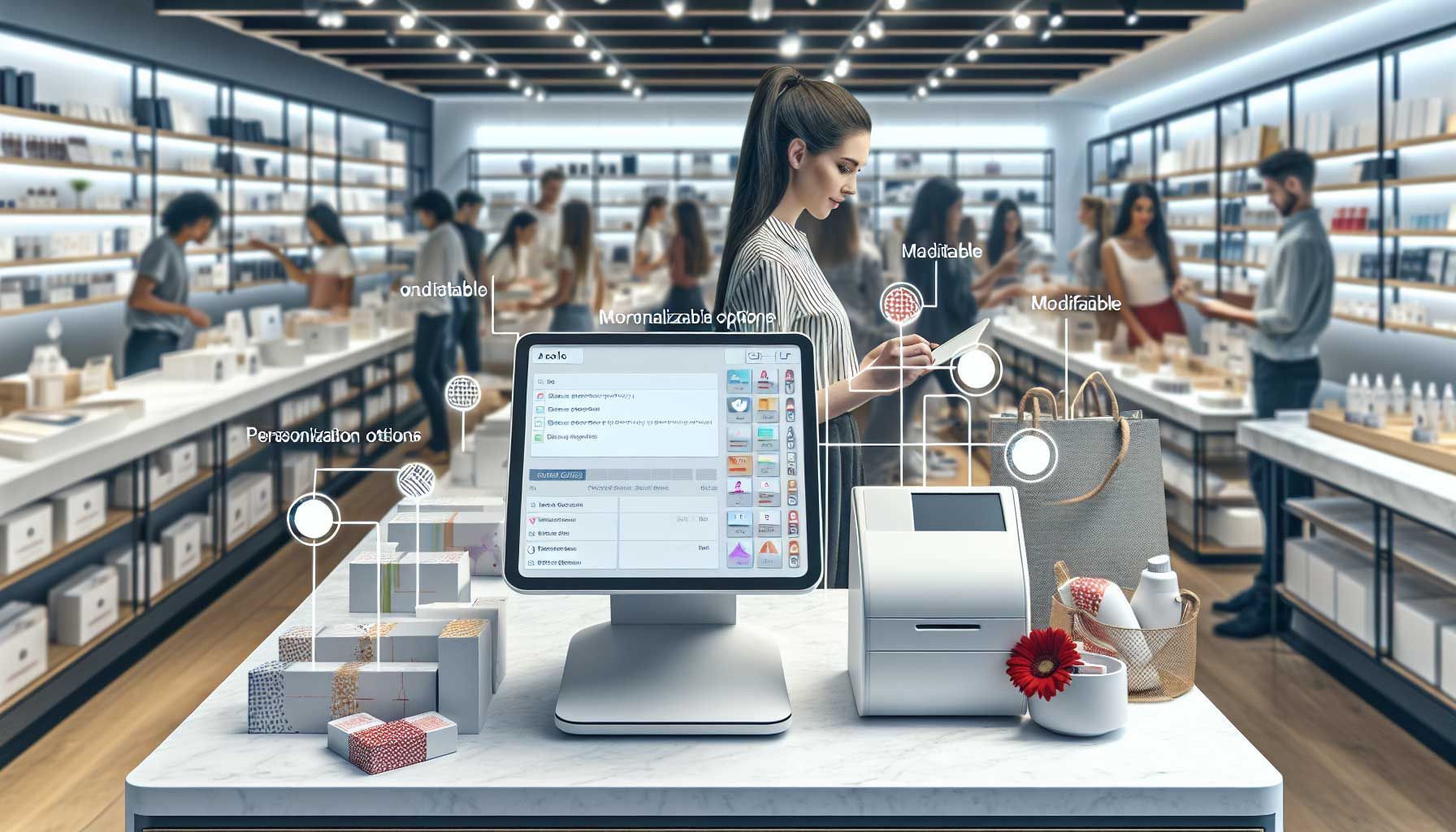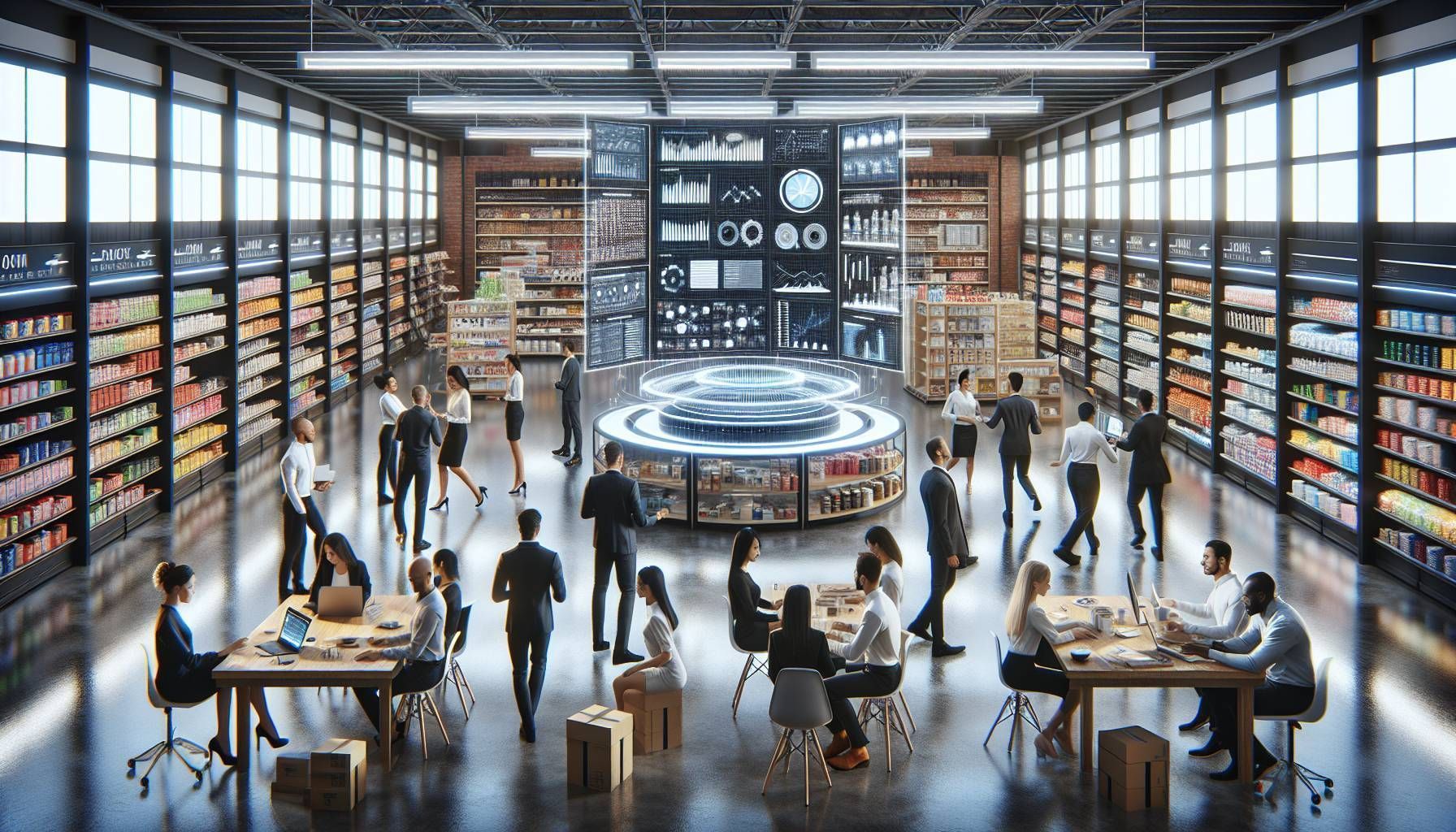How To Use Data from the Supply Chain to Improve Your Retail Business
Big data from the supply chain to your retail shop
What kind of data should you use?
In order to take advantage of these benefits, it is important to have a data-driven supply chain. A data-driven supply chain is one that uses data to inform decisions at every stage, from planning and procurement to manufacturing and distribution. There are a number of ways to create a data-driven supply chain:
Internal data
External data
Data capture automation
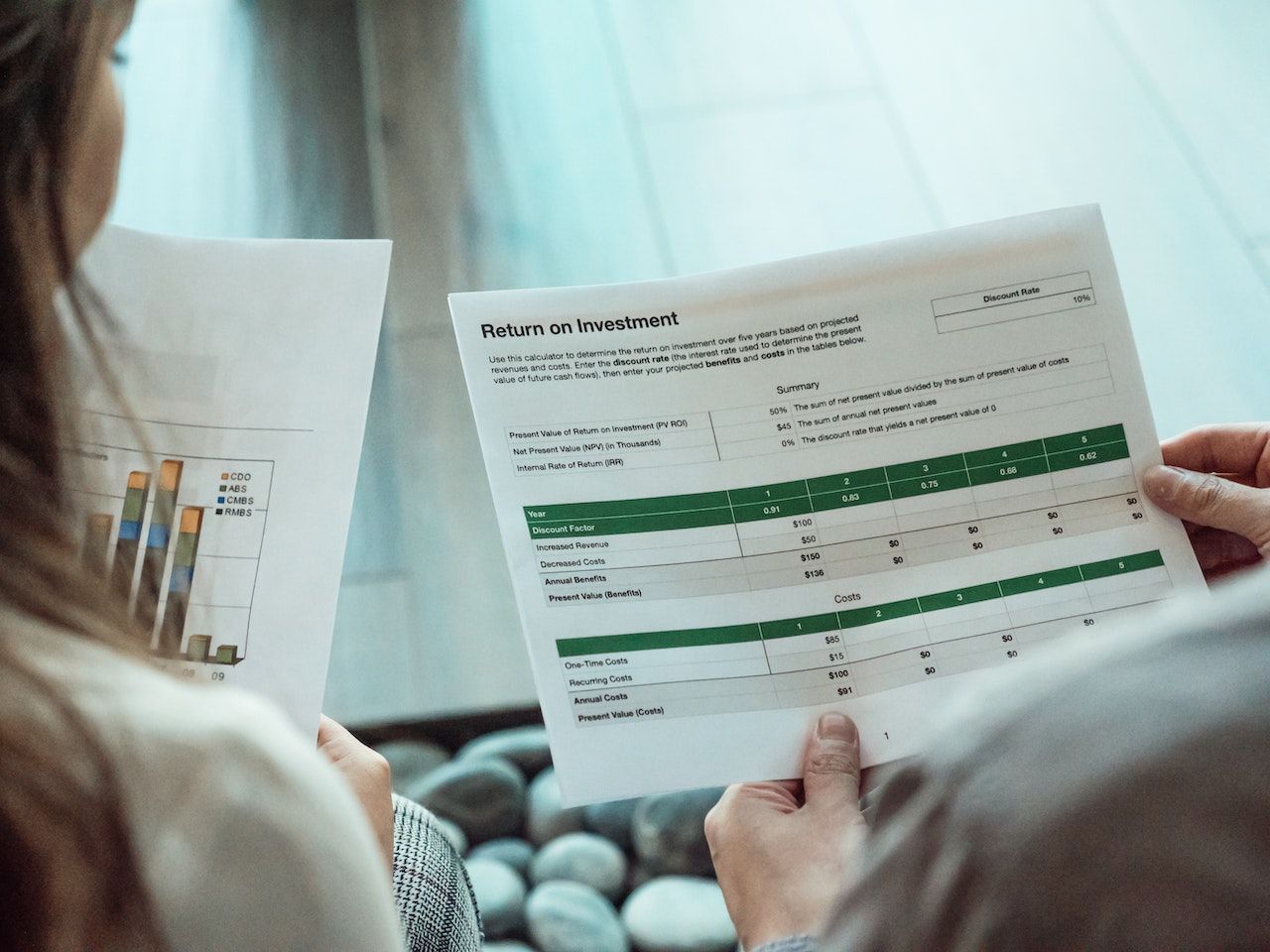
The different types of data in the supply chain
- Product information (e.g., dimensions, weight, price)
- Inventory levels
- Customer purchase history
- Supplier performance metrics
- Transportation routes
Each type of data can be used in different ways to improve the efficiency of the supply chain. For example, product information can be used to optimize packaging or pricing. Inventory levels can be used to forecast demand or plan production. Customer purchase history can be used to predict future trends or target marketing campaigns. Supplier performance metrics can be used to identify areas for improvement or select new suppliers and transportation routes can be used to plan shipments or choose carriers.
Let's look at how you could integrate and use this data as a retail shop.
Kind of data to use from the supply chain as a retail shop
Access to product information (PIM)
Sharing sales insights with supplier
Another way to use data from the supply chain to improve your business is by sharing sales insights with your supplier. This helps them understand what products are selling well and which ones aren’t, so they can adjust their production accordingly. They can also think along with your stock, so that you can use the expertise of the representative.
So outsourcing inventory management to your supplier is another way that data sharing can improve your business. By giving them access to your sales data, they can better understand your needs and make sure that you always have the right products in stock.
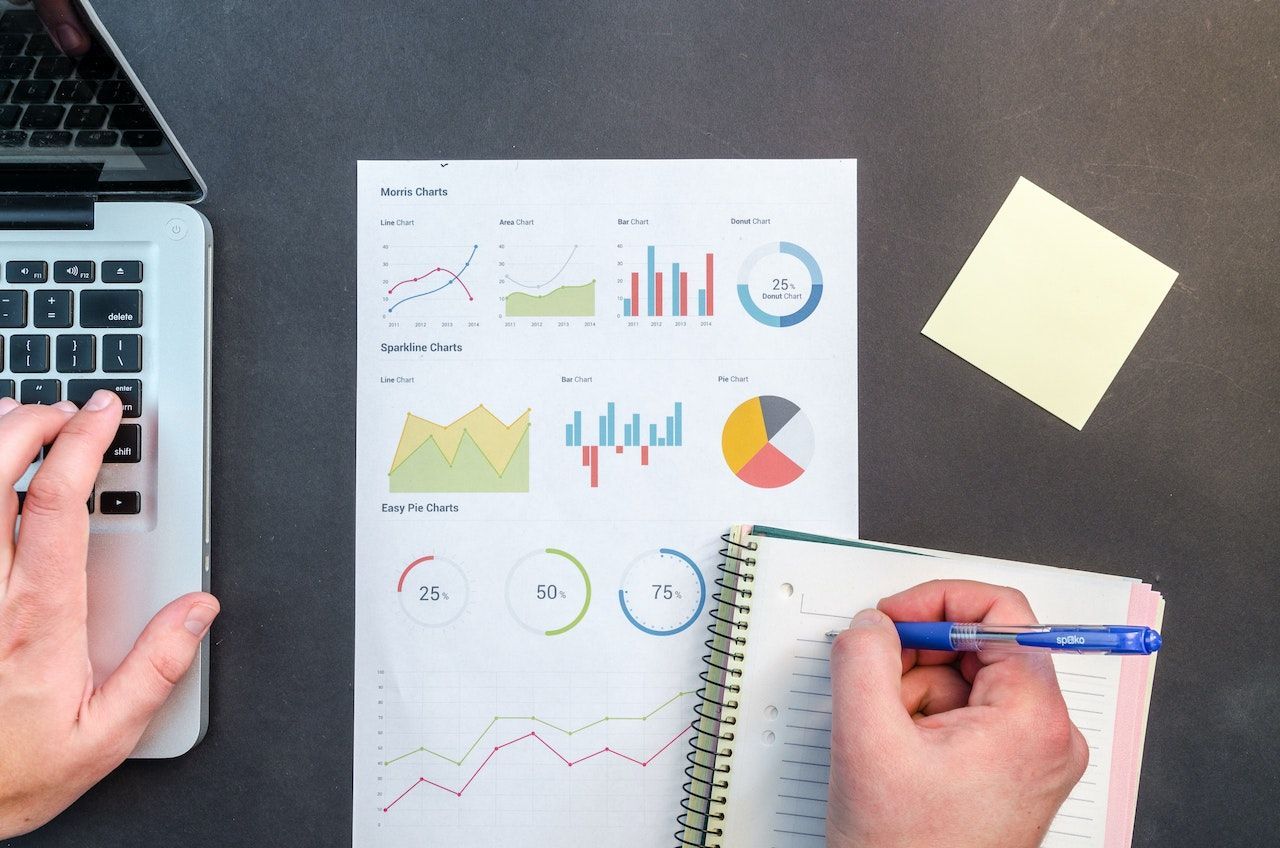
How to handle unstructured data from customers?
There are different types of data that can be captured in the supply chain: structured and unstructured. Structured data is numerical information that can be easily analyzed (e.g., product ID numbers). Unstructured data is non-numerical information that is more difficult to analyze (e.g., customer comments).
In this section, we'll discuss how to handle unstructured data from customers. This type of data can be tricky to work with, but if you have a plan and the right tools, you can make it work for your business.
Understand what unstructured data is
Collecting unstructured data
There are a few different ways to collect unstructured data from customers. One is to simply ask them for it - for example, you could send out a survey or post a question on social media. Another option is to use data mining tools to automatically collect this type of information from online sources.
Once you've collected some unstructured customer data, it's time to start organizing and analyzing it. There are a number of different methods you can use to do this, but one popular approach is called "text analytics." This involves using software to identify patterns and trends in the text data.
So what can you do with all this unstructured customer data? Well, there are lots of possibilities! For example, you could use it to improve your marketing campaigns, better understand customer needs and preferences, or even develop new products and services.
As you can see, there are lots of ways that businesses can use unstructured data from customers. If you're not already using this type of information in your business, it's definitely worth considering. With the right approach, you can use it to take your business to the next level.
Use Retailgear to leverage the big data in your industry
We offer a powerful platform that helps companies leverage the big data in their industries. With Retailgear, you can collect and analyze data from across your supply chain, including point-of-sale (POS) systems, order management systems (OMS), enterprise resource planning (ERP) systems, and more.
This data can be used to improve your forecasting accuracy, optimize inventory levels, track customer behavior, and much more. Retailgear also offers a suite of tools to help you visualize this data and identify trends and patterns.
If you're looking to use big data to improve your business, Retailgear is the perfect solution.
Create a unified commerce ecosystem
By bringing all information from all channels together in one system, you can provide the consumer with the best possible service. This is also known as unified commerce. So d ata from the supply chain can be used to improve your business in many ways. By understanding what data is available, and how it can be used, you can make better decisions that improve your bottom line.
A data-driven supply chain incorporates both internal and external data to make informed decisions about inventory management, product information, and sales. When all of this information is unified in one system, it becomes easier to outsource inventory management and other tasks to your supplier. This creates a more efficient commerce ecosystem that benefits everyone involved.

We look forward to share the best strategies with you.
Thank you!

Bring your shop to the next level
Hi, I'm George and I like retail and technology. Therefore, my passion here at Retailgear.com is to provide you with reliable information to automate and digitize your store. You can find out what we can do for your industry through our menu. Also, feel free to check out this updated list of retail tools.
Get inspiration in your inbox to get more sales and store visitors with less effort.






